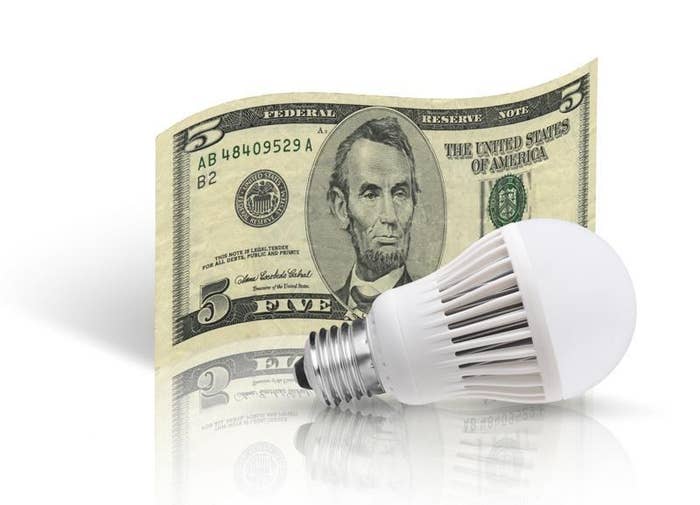
From "The Jetsons" to Hollywood's "I, Robot," Americans often dream about homes of the future. It would seem that the future is here.
Case in point: Lights in your house can be turned on or off remotely from any room, "zones" of activity can be created, and owners can also control every shade of light and color without ever flipping a switch or getting up from a favorite chair. One added bonus to all of this technology is the money it puts back in homeowners' pockets, which is why consumers are quickly adopting automated lighting and wireless or cloud-based home management systems for their lighting needs.
Although these systems have been in use for years, the power to combine them with apps and the most energy-saving lighting technology has not. One example is being able to match your family's lifestyle with energy-saving light controls. For instance, you can use your smartphone or tablet to enhance home security by remotely monitoring and adjusting lighting throughout the house while you're away. In addition, you can combine lighting controls with motion sensors to dim or turn off lights in rooms that are unoccupied, and in some cases, you can even have lights flash to speed response when the phone or doorbell rings.
Coupling these systems with Energy Star-certified LED bulb technology will also allow you to save money faster. LEDs use 75 to 80 percent less energy than incandescent bulbs, which, according to the Environmental Protection Agency, will help you save about $6 per bulb or about $14 per fixture annually on your energy bill. With the addition of lighting controls, you can save even more.
Some LED bulbs may look like familiar light bulbs, and some may not. To help you select the right LED light for each room in your home, the New York State Energy Research and Development Authority (NYSERDA) has all the resources you need. On its website, you'll find out how to read the Lighting Facts label on LED packaging, charts on warm and cool lighting, bulb shapes and a handy calculator to help you see how much you can save while setting up your specific bulb functions.
Once you get your LEDs and automated lighting set up, you can start reaping the benefits—especially considering that Energy Star-certified LEDs can last up to 49,000 hours longer than the usual 1,000 hours you get from the standard incandescent bulb.
For more ways to save and go green with Energy Star-certified LED bulbs, go to www.nyserda.ny.gov/led-savings.

